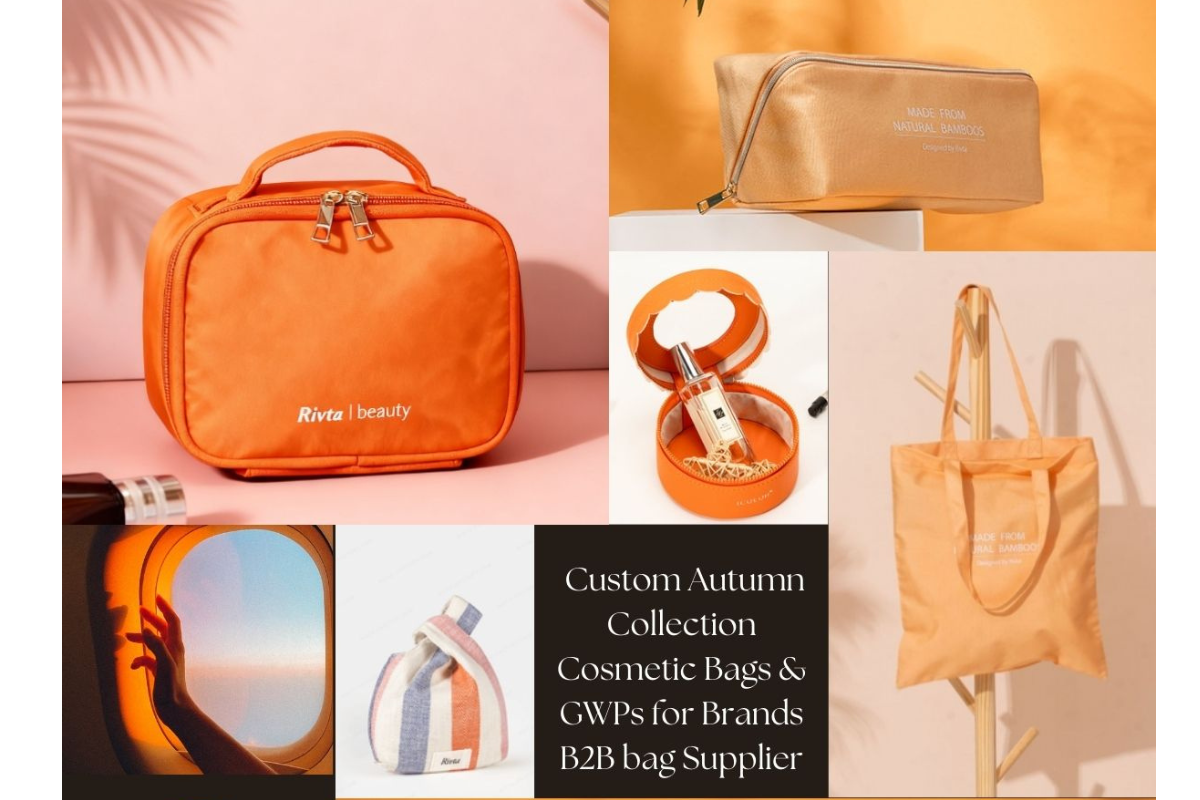Choosing the Right Materials for Your Cosmetic Bag Line: A B2B Guide
Choosing materials for your cosmetic bag is a huge decision. The wrong choice can misrepresent your brand, feel cheap to the touch, and fail your customers' expectations.
To choose the right materials, start by analyzing sustainable trends like rPET and vegan leather. Align your material’s texture with your brand's price point. Then, consider the impact on durability, cost, and MOQs before finalizing hardware and linings.
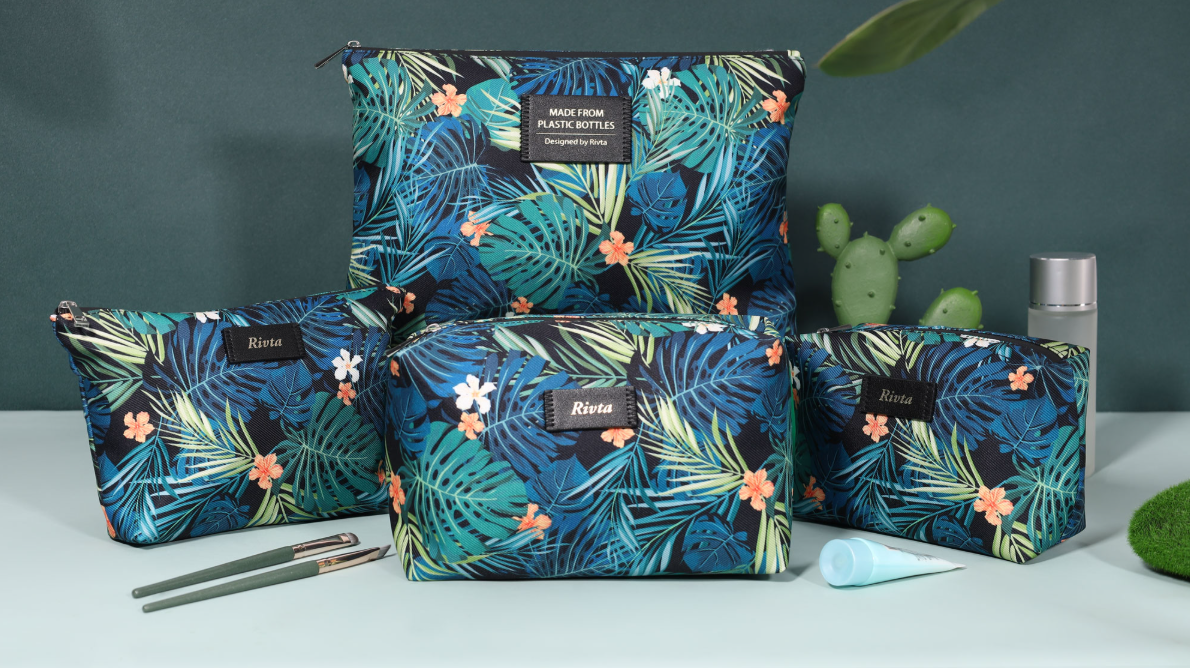
I believe that the material of a bag is its handshake; it is the first impression of your brand's quality and values. My mission is to merge sustainable concepts with beautiful design, and material selection is where that process truly begins. This is not just about picking a fabric. It is a co-creation process where we work together to find the perfect components that tell your story. I want to help you make informed choices that will lead to a successful, market-ready product.
Which popular and sustainable material trends should you consider, from vegan leather to rPET?
Keeping up with material innovation is a challenge. Using outdated or non-sustainable fabrics can make your brand seem out of touch with today's conscious consumer.
Focus on key trends. High-quality PU vegan leather offers a consistent luxe feel. rPET tells a powerful sustainability story. Organic cotton provides a natural, earthy vibe. For top-tier luxury, consider innovative plant-based leathers.
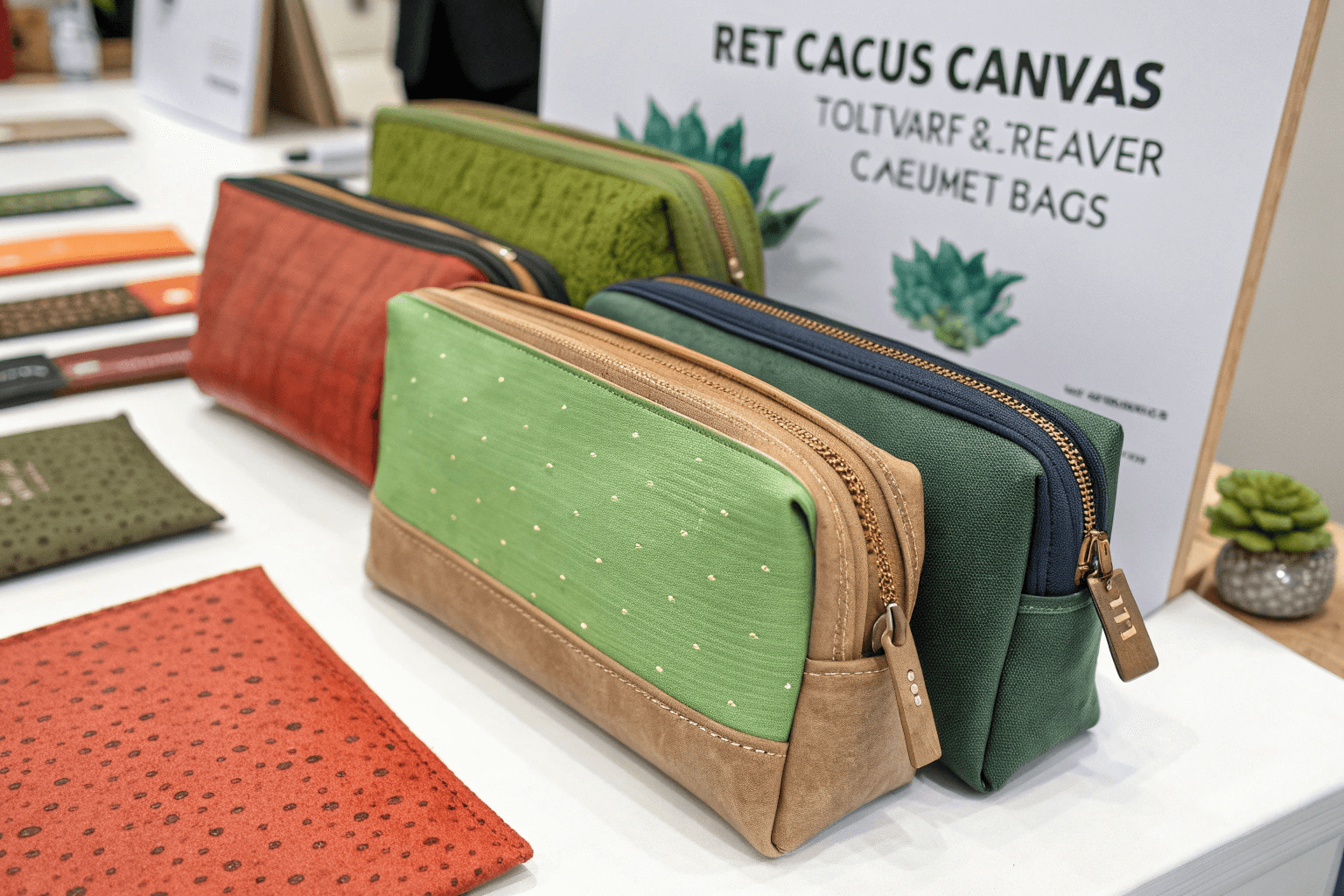
As a designer, it is exciting to see so many innovative materials emerge. I once worked with Jennie, a talented designer for a luxury brand that deeply valued sustainability. Her goal was to find a material that felt premium but also aligned with the brand's ESG commitments. We explored several options and landed on a beautiful, supple leather made from cactus. It was a perfect fit. The material choice itself became a compelling part of the product's story, resonating with their target audience. This is the power of choosing a material that reflects your brand's core mission.
The Rise of Sustainable Storytelling
Today's consumers, especially in the beauty space, want to know that their purchases are making a positive impact. Materials with a green story are more important than ever.
- rPET (Recycled Polyethylene Terephthalate): This is a durable fabric made from recycled plastic bottles. It's incredibly versatile and can be crafted into canvas, satin, or twill finishes, making it a fantastic choice for eco-conscious brands.
- Organic Cotton: Grown without harmful pesticides, organic cotton offers a soft, natural feel. It is perfect for brands with a clean, minimalist, or handcrafted aesthetic.
The Appeal of Modern Vegan Leathers
Cruelty-free is a major selling point. Modern vegan leathers have moved far beyond the cheap "pleather" of the past.
| Material | Best For | Vibe & Feel |
|---|---|---|
| PU Vegan Leather | Mid-range to luxury brands seeking consistency. | Smooth, sleek, and available in many textures. |
| Cactus Leather | Premium luxury brands focused on innovation. | Exceptionally soft, durable, plant-based. |
| Apple Leather | Eco-luxe brands wanting a unique story. | Soft texture, made from food industry waste. |
How do you align material texture and quality with your brand's price point?
Your bag needs to feel like it belongs with your products. A mismatch in perceived value can confuse customers. A cheap-feeling bag can damage a luxury brand's reputation.
For luxury, choose materials with a soft, substantial feel like high-grade PU or plant leathers. For mid-range, use structured canvas or sturdy rPET. For budget-friendly GWPs, prioritize a clean finish over complex textures.

The tactile experience is a silent communicator of value. I always encourage clients to feel the materials before making a decision. You can't get that from a photo. The weight, the softness, the way it folds—these things matter. For a high-end skincare brand, we chose a thick, pebbled PU vegan leather. It had a pleasing weight and a supple texture that immediately signaled "premium." For a fun, youthful makeup brand's gift with purchase (GWP), we used a smooth, brightly colored rPET. It felt modern and durable, perfectly matching the brand's accessible price point without feeling cheap. The key is to ensure the feel matches the expectation created by your brand.
Communicating Luxury Through Touch
High-end brands must deliver a superior tactile experience. The material should feel as good as it looks.
- Substantial Weight: A material with a bit of heft often feels more expensive.
- Soft Hand-Feel: Textures that are soft, buttery, or supple are associated with luxury.
- Consistency: Premium materials have an even color and texture with no imperfections.
Mid-Tier: The Balance of Quality and Cost
For brands in the middle market, the goal is to feel premium and durable without the luxury price tag.
- Structure: A sturdy canvas or a structured rPET can feel very high-quality.
- Clean Finishes: Smooth surfaces often look more expensive than overly textured imitations at this price point.
Entry-Level and GWP: Smart, Cost-Effective Choices
For promotional items or entry-level products, the material needs to be cost-effective but still represent the brand well.
| Price Point | Key Material Qualities | Example Materials |
|---|---|---|
| Luxury | Soft, substantial, supple feel | Cactus Leather, High-Grade PU, Silk |
| Mid-Tier | Structured, durable, clean | rPET Canvas, Organic Cotton Twill |
| GWP/Entry | Smooth, vibrant, cost-effective | Standard Polyester, Simple Nylon |
How does your material choice impact durability, cost, and MOQs?
You have found a beautiful material, but you are not sure about the practical side. Choosing a fabric without understanding its cost or production minimums can derail your project.
Durable materials like nylon or canvas are great for heavy use. Costs vary widely; custom and specialty fabrics are pricier. Minimum Order Quantities (MOQs) are higher for custom-dyed materials versus stock colors.
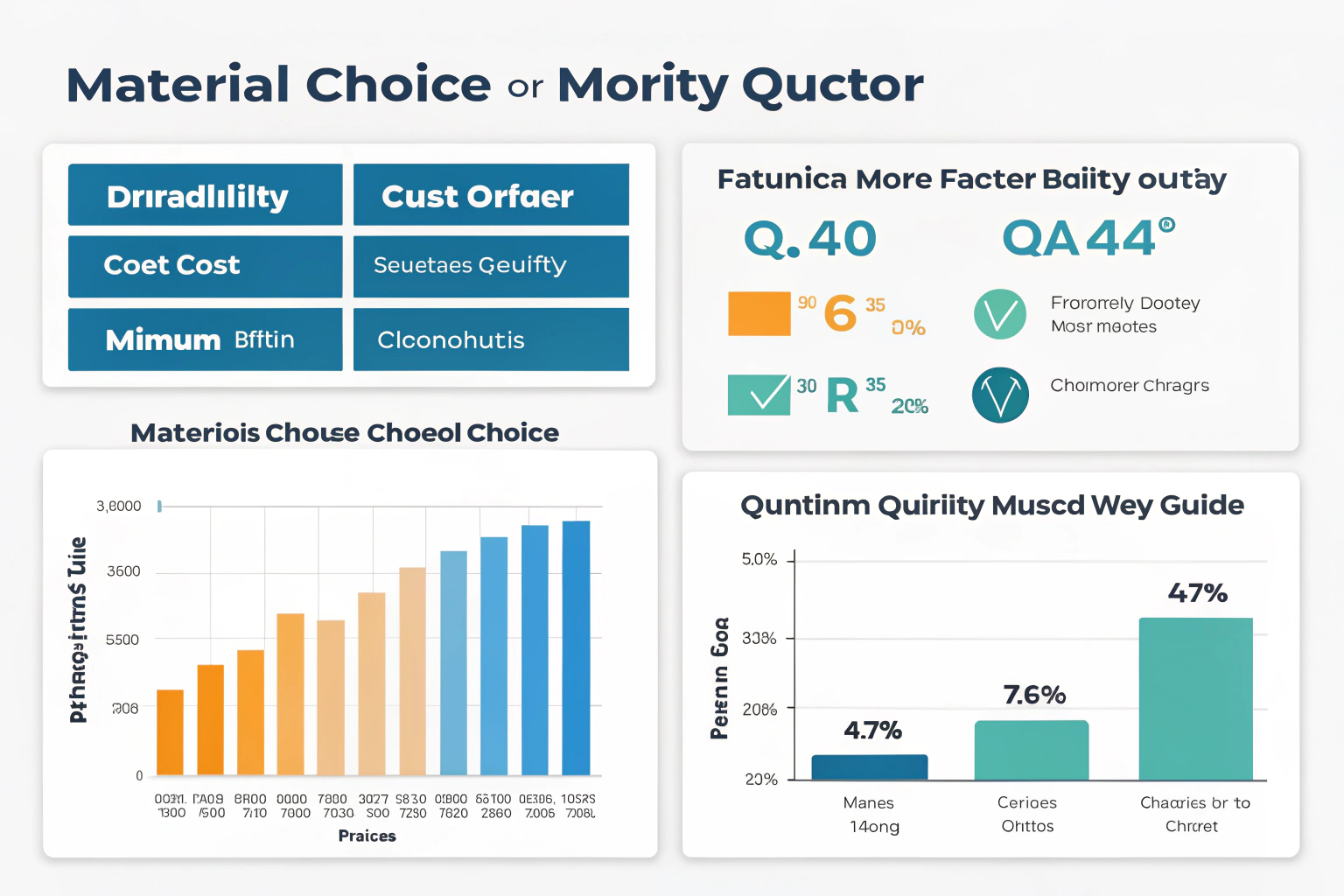
I believe in transparency throughout the design process, and that includes the business realities of production. It is part of our co-creation philosophy. I once had a client who fell in love with a very specific shade of mint green for their rPET bags. The issue was that it was a custom color, and the material supplier's Minimum Order Quantity (MOQ) was enough fabric for 10,000 bags, but my client only needed 3,000. We worked together to find a solution. We found a beautiful stock color that was very close, which allowed them to produce their desired quantity without a huge upfront cost for excess material. Understanding these factors early prevents big headaches later.
Built to Last: Assessing Durability
The function of the bag dictates how durable its material needs to be. A travel bag needs to be much tougher than a small GWP pouch.
- Abrasion Resistance: Will the material scuff or pill easily? Canvas and nylon are typically very resistant.
- Colorfastness: Will the colors fade in sunlight or bleed if they get wet?
- Stain Resistance: For a cosmetic bag, a material that can be easily wiped clean is a huge advantage.
The Bottom Line: Cost Factors
Material is often the biggest single cost in your bag.
- Cost per Yard/Meter: This is the base cost of the raw material.
- Specialty vs. Stock: Specialty materials like plant-based leathers cost more than standard polyester.
- Customization: Custom colors or prints require setup fees and often have a higher per-yard cost.
Meeting the Minimums: Navigating MOQs
MOQ stands for Minimum Order Quantity. It is the smallest order a factory or supplier will accept.
- Why MOQs Exist: Fabric is produced in large rolls. It is inefficient to set up a machine for a very small run.
- Stock Materials: Using fabrics and colors that a factory already has in stock typically allows for much lower MOQs.
- Custom Materials: If you need a custom-dyed color, the MOQ is dictated by the fabric mill and is usually much higher.
How do you choose zippers, linings, and hardware that last?
The main fabric is set, but the small details feel overwhelming. A cheap zipper that breaks or a lining that tears can ruin an otherwise beautiful and well-made bag.
Prioritize quality components. Choose smooth, reliable zippers from trusted brands. Select a durable, wipe-clean lining like nylon or rPET. Ensure all metal hardware has a solid feel and a robust finish.
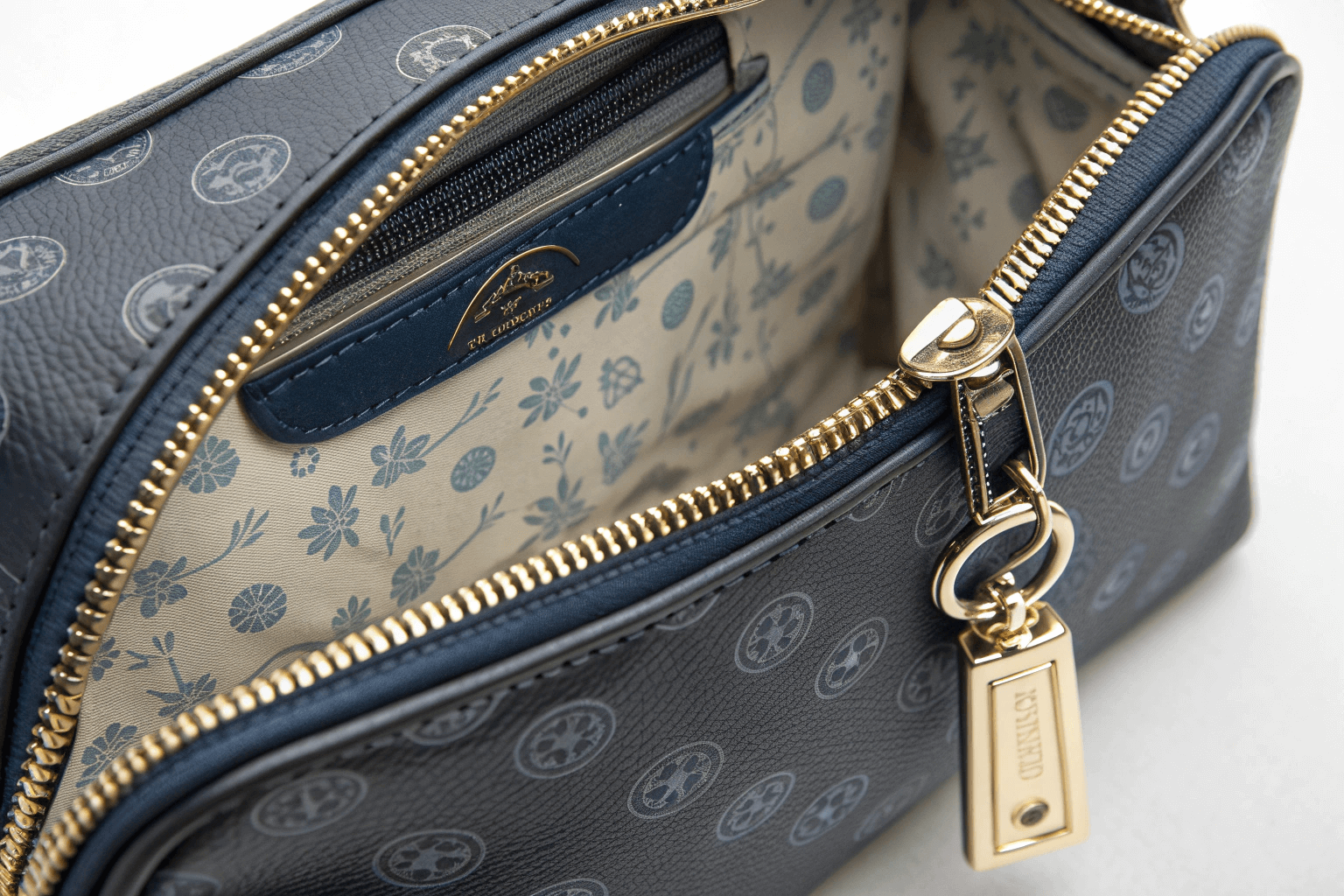
I often say that hardware is the jewelry of the bag. It is a small detail that has a huge impact on the customer's perception of quality. During the sampling phase of a luxury project, we tested two different zipper pulls. One was a standard, lightweight pull. The other was a custom-molded pull that was slightly heavier. The client, Jennie, immediately noticed the difference. The heavier pull felt more substantial and expensive. We chose that one. It was a tiny increase in cost per unit, but it dramatically elevated the overall feel of the product. This commitment to every detail is what sets a premium product apart.
The Importance of a Good Zipper
A zipper is the most-used mechanical part of a bag. It has to work perfectly every time.
- Metal vs. Nylon Coil: Metal zippers often look and feel more premium, but high-quality nylon coil zippers are very durable and smooth.
- Teeth Size: A larger tooth size (like a #5) is generally more durable than a smaller one.
- The Pull: This is a key touchpoint. A custom pull with your logo can make the bag feel truly bespoke.
Linings: The Unsung Hero
The inside of the bag is just as important as the outside.
- Durability: The lining needs to withstand spills and sharp objects like tweezers. Nylon and rPET are excellent choices.
- Functionality: A wipeable or waterproof lining is a must-have feature for a cosmetic bag.
- Branding: Use the lining for a pop of color or a custom branded pattern to create a memorable experience.
Hardware That Holds Up
Any other metal on the bag, like rings or clasps, should be chosen with care.
| Component | Quality Indicators | Pro-Tip |
|---|---|---|
| Zippers | Smooth glide, no sticking, strong teeth | Ask for trusted brands like YKK for critical projects. |
| Linings | Tear-resistant, wipeable surface | A slightly lighter color makes it easier to find items. |
| Hardware | Solid weight, even plating, no sharp edges | The finish should match the zipper for a cohesive look. |
Conclusion
Choosing the right materials is the foundation of a great cosmetic bag. By balancing aesthetics, function, price, and your brand's values, you can create a product that truly resonates.

